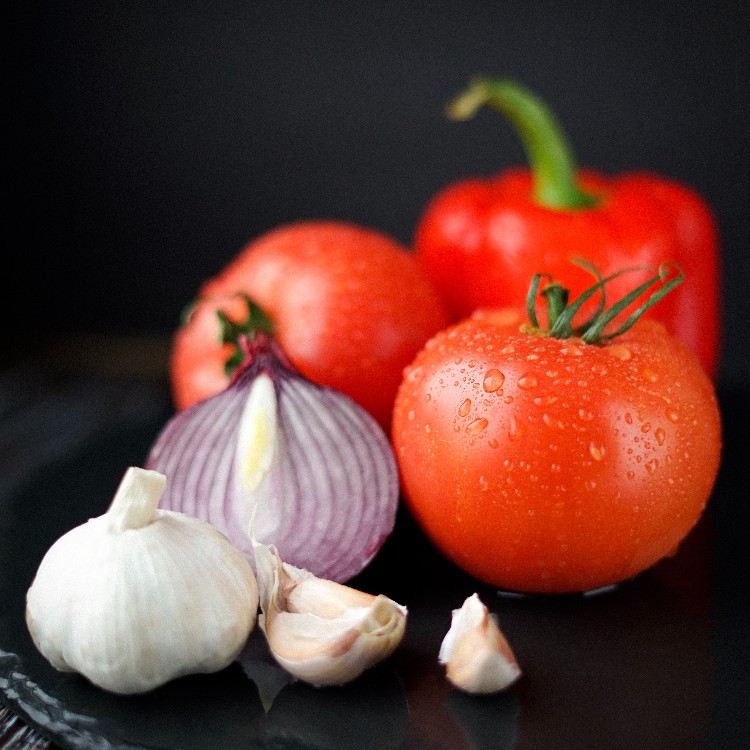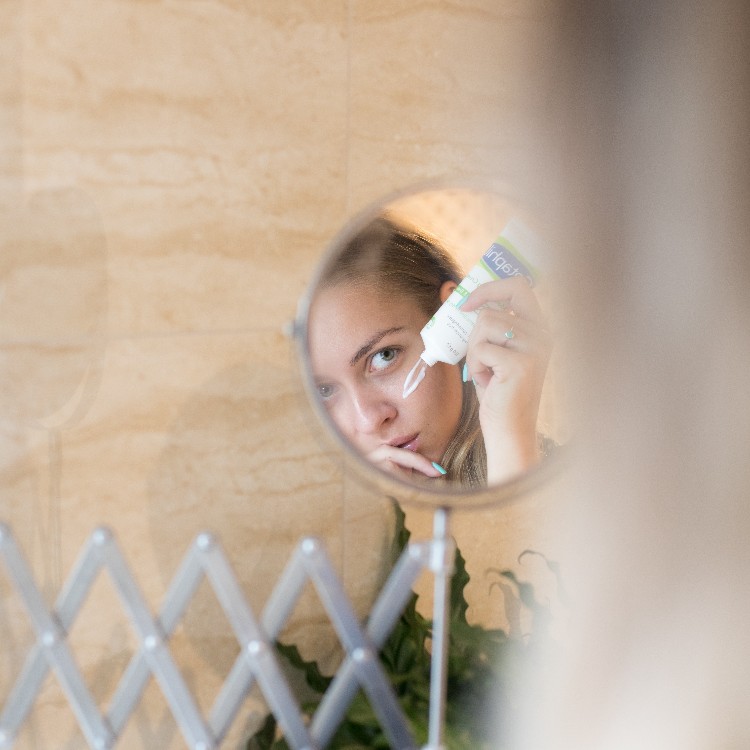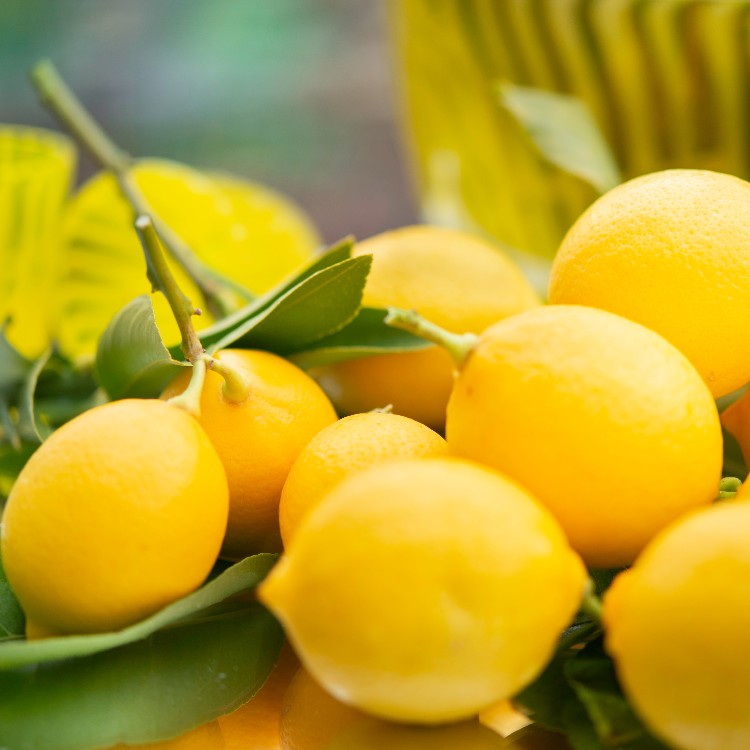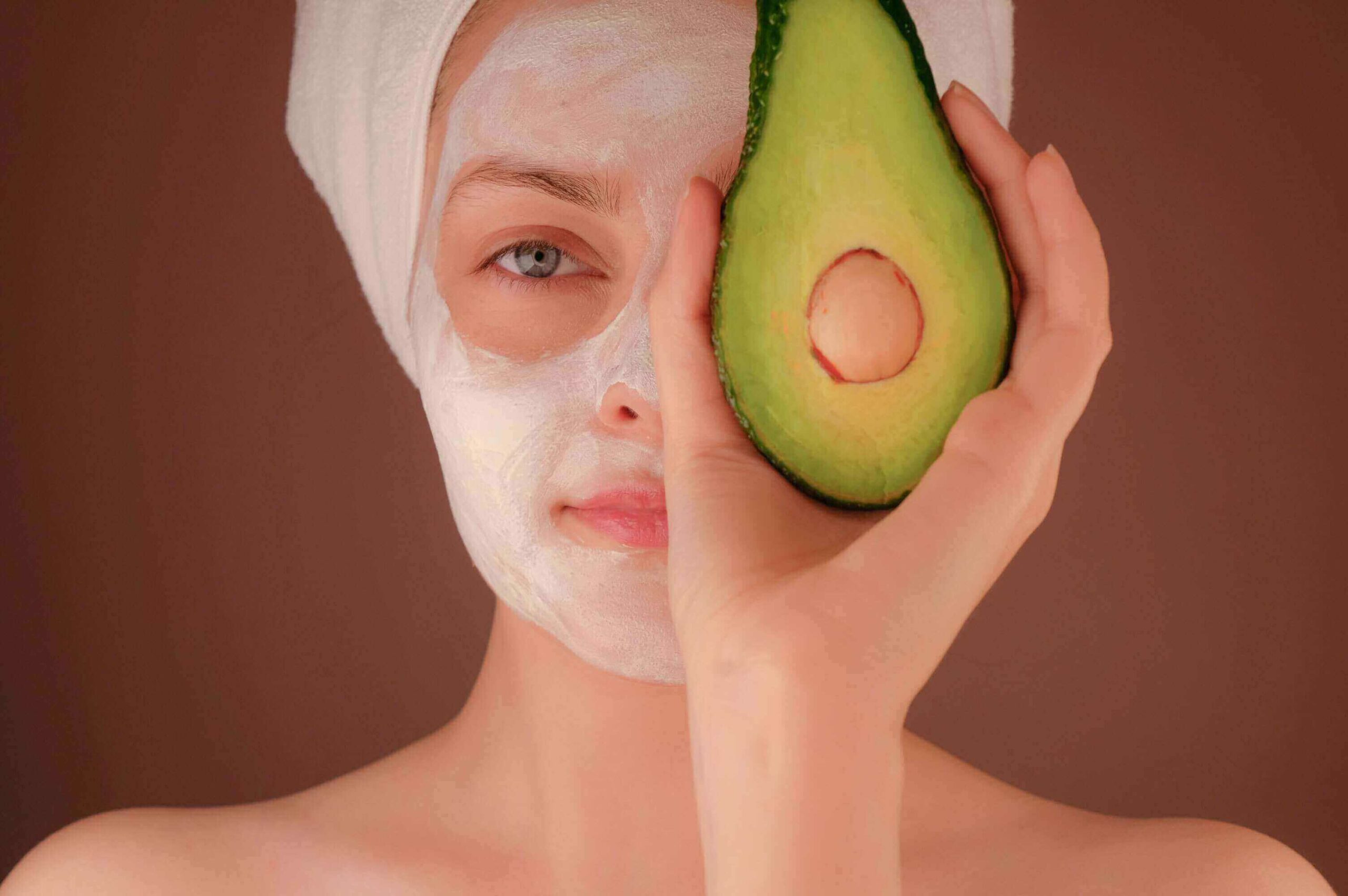Environmental influences, sun rays, dead skin cells, and cosmetic products with synthetic ingredients can clog your pores and cause acne and skin irritation. That is when skin detox comes in handy. Skin detox refers to getting rid of impurities, dead skin cells, pollutants, and toxins in order to unclog pores, cleanse, brighten, and hydrate the skin. To help you master the skin detox process, we have prepared a list of effective strategies. We will start with basic facts about toxins and then master the tips for skin detox.
Why Is Skin Detox Important?
Our skin is constantly exposed to a wide range of toxins and pollutants from the environment, such as air pollution, UV radiation, and even the products we use. Over time, these harmful substances accumulate on the skin’s surface. They clog pores and lead to issues like acne and dullness. The accumulation of dead skin cells makes the skin appear rough and lifeless. Toxins and pollutants also disrupt the skin’s natural balance, causing inflammation and accelerated aging. Regular skin detox helps to remove these impurities and allows the skin to breathe and regenerate. This process not only enhances the skin’s appearance but also promotes better skin health. Therefore, incorporating a skin detox routine into your skincare regimen is essential for achieving and maintaining beautiful, healthy skin.
How to Detox Skin?
There are many ways to detoxify your skin. Let’s dive deeper into each of them:
1. Start With a Skin Cleanse
Skin cleansing is the most important step in the process of face detoxification. When you cleanse your skin properly, you remove these external contaminants, preventing them from clogging your pores and causing issues like acne and dullness. Thorough cleansing eliminates excess oils, dead skin cells, and residual makeup, which can all hinder the skin’s ability to rejuvenate. When your skin is clean and healthy, other detoxification procedures are more effective at removing deeper-seated toxins and promoting your skin’s health and vitality.
2. Exfoliate Occasionally
Exfoliation helps you remove dead skin cells that accumulate on the surface of your skin. These dead cells can make your complexion appear dull and even retain impurities. Exfoliation allows skincare products to penetrate deeper and stimulates cell turnover, which is essential for maintaining a healthy and youthful complexion. It also reduces the risk of clogged pores and uneven skin texture. By exfoliating occasionally (one or two times a week), you will reveal fresh, radiant, and vital skin.
3. Hydrating Should Be Your Daily Routine
When you cleanse and exfoliate, you can strip your skin of its natural oils, which are essential for maintaining a healthy moisture barrier. Without proper hydration, your skin can become dry, sensitive, and more susceptible to toxins’ influence. Moisturizers help keep moisture, creating a protective barrier that shields your skin from external damage. They also support the skin’s ability to repair and regenerate itself. Antioxidants and other nourishing ingredients in moisturizers can enhance the detoxification process, as they provide essential nutrients necessary to maintain and improve skin vitality. So don’t skip this important step in skin detox.
4. Use Sun Protection
Harmful sun rays can do more damage to your skin than you might realize. They accelerate the aging process, lead to age spots, and weaken the skin’s natural defenses against pollutants. During the skin detox process, when your skin is more receptive to healing and rejuvenation, exposure to UV radiation can hamper your progress. Sunscreen acts as a shield, protects your skin from harmful UV rays, and maintains the benefits of detoxing. Your skin will recover and renew more quickly if you prevent sun damage.
5. Positive Lifestyle Habits Are the Best Detox for Skin
There is no need to highlight that smoking and alcohol consumption lead to dry skin, free radical damage, and premature aging. Besides leaving your vices, one of the essential lifestyle habits is drinking enough water. Staying hydrated ensures your body can efficiently flush out impurities through sweat and urine.
Do not forget to exercise and sleep enough! Regular exercise boosts blood circulation, which helps deliver vital nutrients to your skin cells and expels waste products. On the other hand, quality sleep is essential for skin cell repair and regeneration. By developing positive lifestyle habits, you support your skin’s natural detoxification processes and increase your chances for a healthier complexion.
6. Choosing Healthy Food
The foods you consume directly impact the health and appearance of your skin. A diet rich in fruits and vegetables allows your skin to combat the oxidative stress caused by toxins and pollutants. Certain fruits and vegetables are packed with polyphenolic antioxidants, compounds that promote collagen production and slow down the aging process.
Incorporating foods high in omega-3 fatty acids, like fatty fish, nuts, and seeds, helps maintain your skin’s natural moisture barrier. That prevents skin dryness and irritation. On the other side, consuming too much sugar and processed foods can lead to inflammation and hinder your skin’s detox progress.
7. Antioxidants Can Help
If you can’t get enough antioxidants through food, there are some food supplements that can be very helpful. Polyphenol supplements achieve incredible effects on detoxification and skin health. VANA Health is a premium food supplement based on essential polyphenols – resveratrol, quercetin, and urolithin A. They are enriched with herbal extracts of aronia, lion’s mane mushroom, rosehip, tart cherry, and red beetroot. Those valuable ingredients make a powerful combination that achieves incredible health benefits in the human body.
Wrapping Up
Now that we have gone through all the skin detox steps, all we have to do is incorporate them into our skin care routine. Just like other methods of maintaining overall health, think about skin detox as a long-term investment. The efforts you make will have a positive impact on your skin.
Frequently Asked Questions
How long does it take to detoxify the skin?
The duration of the skin detox process can vary from person to person. It depends on your current skin condition, the specific detoxification methods, and your overall lifestyle and habits. It’s important to understand that skin detoxification is a continuous process rather than a one-time event. Some people may see noticeable improvements in their skin within a few weeks of adopting a consistent skincare routine and a healthier lifestyle. However, for more significant results, it can take several months of dedicated effort. Regular skin care practices and a healthy lifestyle are essential for maintaining healthy skin.
What foods detox your skin?
Healthy diets that include a wide range of nutrients are important for overall health and well-being. However, certain foods are known to be especially good for skin health as they support the body’s natural detoxification processes. Here are some famous detox foods for skin:
- Berries: Blueberries, strawberries, and raspberries are rich in polyphenols, particularly resveratrol.
- Green tea: Green tea contains antioxidants and anti-inflammatory compounds that help with redness and skin inflammation.
- Fatty fish: Salmon, mackerel, and sardines are high in omega-3 fatty acids, which help maintain the skin’s moisture barrier.
- Nuts and seeds: Almonds, walnuts, and flax seeds provide essential fatty acids and vitamins that support skin health.
- Avocado: Avocado is a source of healthy fats and vitamin E, which nourishes and moisturizes the skin.
- Leafy greens: Spinach, kale, and other leafy greens are rich in quercetin and other nutrients.
- Cucumber: Cucumbers have anti-inflammatory and hydrating properties, which makes them great for soothing and refreshing the skin.
- Turmeric: This spice is well-known for its anti-inflammatory and antioxidant properties.
- Citrus fruits: Oranges, lemons, and limes are high in vitamin C, which is vital for collagen production and skin elasticity.








